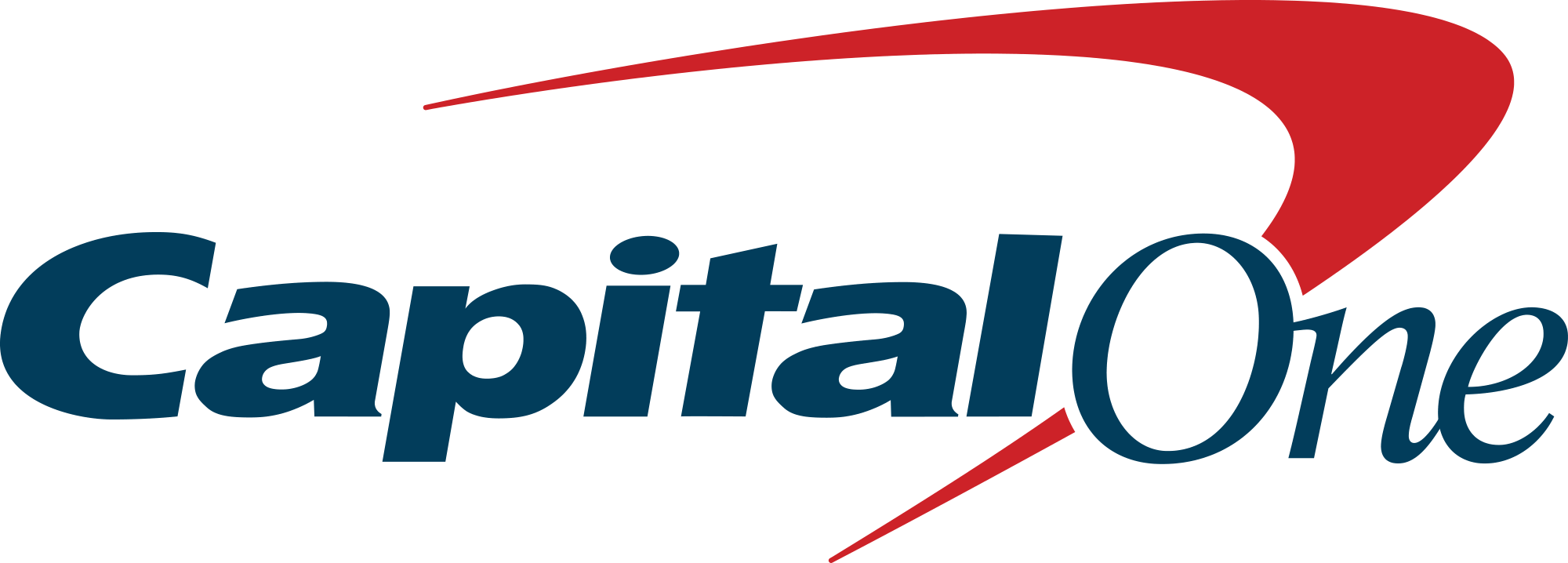Multifamily developers often turn to FHA loans from the US Department of Housing and Urban Development (HUD) when rates are high and liquidity is low, but these Federal programs can be a smart choice no matter the market conditions. TRD sat down with Mark Dellonte, Head of FHA Production for Capital One, to get an inside look at how some recent changes to FHA financing make these loans attractive for multifamily developers building a capital stack.
A Consistent Program
FHA financing has many advantages, but the unifying factor is the program’s reliability over the long term. Dellonte, who has been in the FHA financing space for 25 years, emphasizes how this dependability makes FHA loans a strong option for multifamily developers.
“One key benefit of FHA financing is its consistency,” he says. “The terms are not going to change, and the program is not going to change.”
FHA loans are long term, non recourse, fully-amortizing debt that can often provide a higher debt cover ratio and loan to cost or loan to value than other types of loans. Most importantly, they’re available to borrowers regardless of market conditions.
“We’ve seen periods in the real estate cycle where certain lending sources have dried up,” explains Dellonte. “HUD is always there. FHA financing is always available.”
A Flexible Funding Source
One common misperception about FHA funding that Dellonte hears from potential borrowers is that the approval process to secure the loan takes a long time. Dellonte points out that this is a fundamental misunderstanding of how these loans work when compared with other types of loans; because you begin working with FHA earlier in the development process, the longer approval process doesn’t necessarily have a negative impact on the project.
“When you go to some lenders, you’ve got to have your drawings, your specs, your plans, your permits, everything,” he says. “With FHA, we usually begin working with developers before the drawings have even started.”
Another common misconception about FHA financing is that it lacks flexibility. Dellonte is quick to point out how working with an experienced team can give borrowers access to experts who know how to navigate the FHA environment.
“Borrowers can actually be creative and have a degree of flexibility with these HUD programs,” says Dellonte. “For example, there are HUD programs for expedited refinancing if rates drop.”
Refinancing with HUD
For most of the program’s existence, new multifamily properties had to wait three years before they could refinance with FHA, but in 2022 the government opened up FHA refinancing to completed developments, giving developers another option to pay off their construction debt.
“Once a developer is in lease up, we can start sizing up the loan and offer the terms associated with a FHA loan,” explains Dellonte. “The beauty is that developers can actually cash out on HUD 223(f) permanent financing, depending on their construction financing.”
Today, refinancing with FHA can be attractive for developers with bridge loans from 2020 to 2022 who are looking for higher leverage and a lower rate.
Adaptive Reuse and Affordable Housing
While FHA’s bread and butter has long been affordable housing development, the program is increasingly being used to fund adaptive reuse developments as office-to-resi conversions become more common across the country.
“The HUD 221(d)(4) construction program can be geared toward substantial rehab, as well as adaptive reuse projects,” says Dellonte. He adds that the Capital One team works with developers who are considering adaptive reuse projects to ensure their plans fit HUD criteria.
When it comes to affordable housing, HUD financing can also be combined with tax credits. Dellonte talked us through one of several instances where Capital One provided developers with multiple capital sources to get their developments off the ground. Greenmount Park Apartments is a 109 unit mixed income property being constructed in Baltimore’s Johnston Square neighborhood.
“For Greenmount Park Apartments, we were able to work across Capital One to provide the LIHTC equity investment and the permanent HUD financing,” says Dellonte. “Once complete, the development will serve residents between 30% and 80% of AMI, and it will feature a new public library branch on the property’s ground floor.”
Learn more about Capital One’s FHA financing capabilities.


